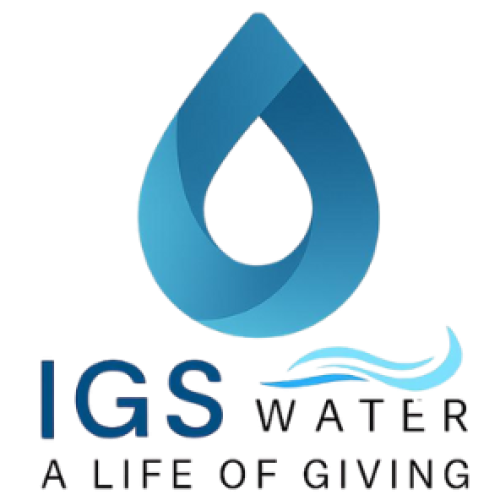Water is essential for crop growth, but not all water is created equal. While most farmers focus on ensuring adequate water supply for their crops, one critical factor is often overlooked: oxygen levels in irrigation water. Dissolved oxygen (DO) plays a vital role in root health, nutrient absorption, and overall plant productivity. Understanding and managing oxygen levels can lead to healthier crops, higher yields, and more sustainable farming practices.
The Importance of Oxygen for Crop Growth
Roots need oxygen to perform respiration, a process that converts sugars into energy for growth and nutrient uptake. Low oxygen levels in irrigation water can create hypoxic conditions around the roots, slowing down growth, weakening plants, and making them more susceptible to disease. Conversely, water with adequate dissolved oxygen supports robust root systems, efficient nutrient absorption, and improved plant resilience.
How Low Oxygen Levels Affect Crops
- Stunted Root Development
Without sufficient oxygen, roots cannot grow deeply or spread effectively, limiting the plant’s ability to access water and nutrients from the soil. Shallow or weak roots make crops more vulnerable to drought and environmental stress. - Reduced Nutrient Uptake
Oxygen-deficient water impairs root function, decreasing the absorption of essential nutrients such as nitrogen, phosphorus, and potassium. This leads to slower growth rates and lower yields. - Increased Disease Risk
Low oxygen levels can create anaerobic conditions that favor harmful bacteria and fungi, increasing the likelihood of root rot and other diseases that compromise plant health. - Negative Impact on Soil Microbiology
Healthy soil microorganisms require oxygen to thrive. These microbes play a critical role in nutrient cycling and soil fertility. Poorly oxygenated irrigation water disrupts microbial activity, further reducing crop productivity.
How Farmers Can Improve Oxygen Levels
Maintaining high oxygen levels in irrigation water is easier with modern technology. Nanobubble systems, like those offered by IGS Water, generate ultra-fine bubbles that remain suspended in water for weeks, significantly increasing dissolved oxygen. Unlike traditional aeration methods, nanobubbles improve oxygen transfer efficiency without clogging systems or requiring complex circulation.
Benefits of Oxygen-Enriched Irrigation Water:
- Enhanced root development and nutrient absorption
- Stronger, healthier plants with higher stress resistance
- Reduced risk of root diseases and waterborne pathogens
- Improved soil microbial activity and nutrient cycling
Why It Matters
For farmers, oxygen levels in irrigation water are not just a technical detail — they are a critical factor that directly affects crop performance. By monitoring and optimizing oxygen content, farmers can improve yields, reduce crop loss, and promote sustainable farming practices.
Conclusion
Ensuring adequate oxygen levels in irrigation water is a smart investment in both crop health and long-term productivity. With innovative solutions like IGS Water Nanobubble Technology, farmers can deliver oxygen-rich water consistently, supporting stronger roots, healthier plants, and more resilient crops.
At IGS Water, we are committed to helping farmers optimize water quality through advanced, sustainable technologies that make a measurable difference in crop growth and ecosystem health.

